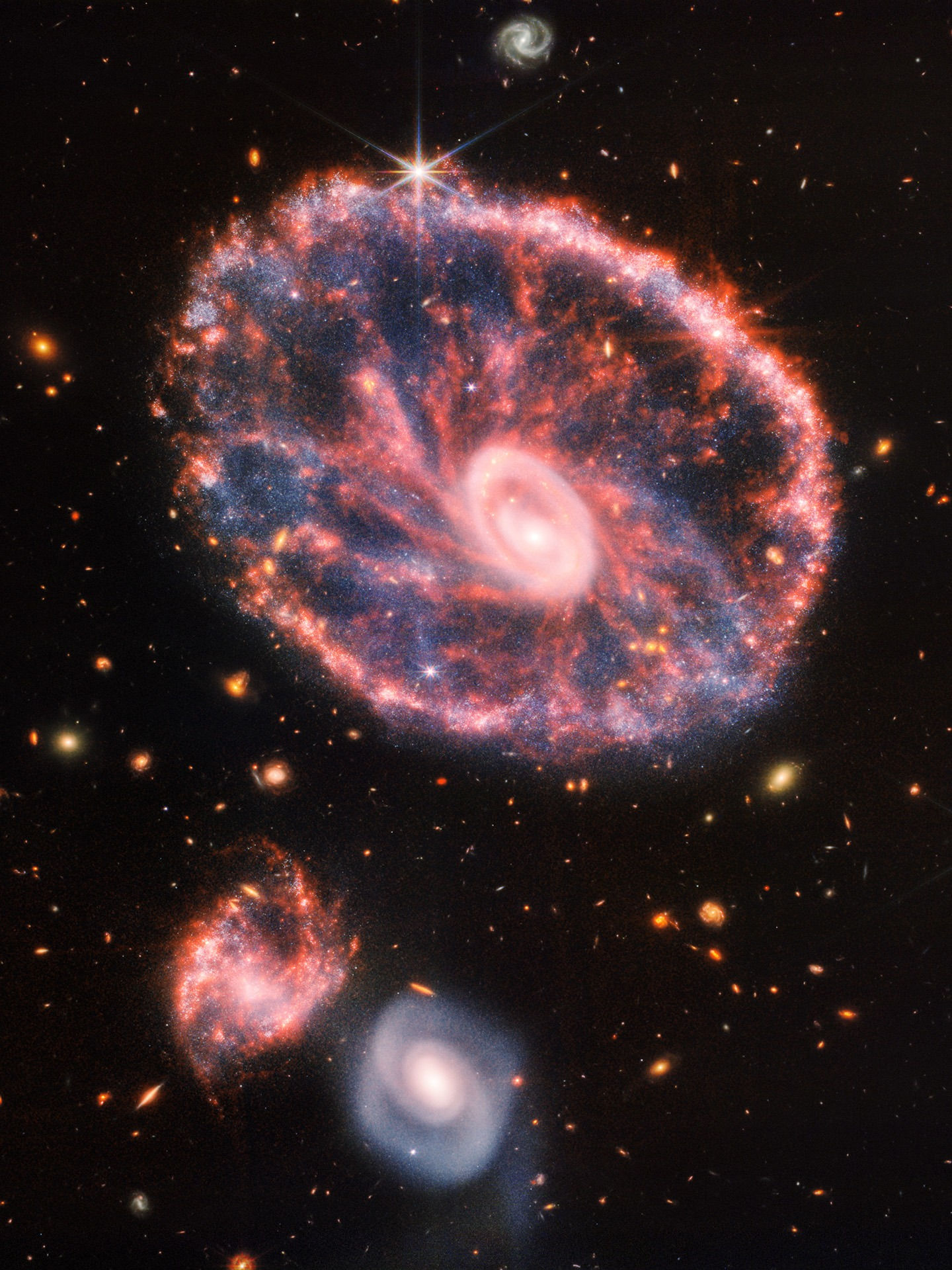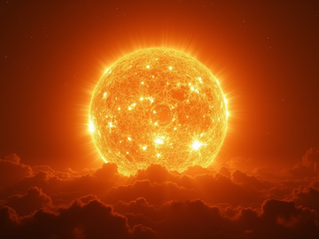Where is the Largest Living Structure on Earth, and how does it Look from Space?
- Phystroid

- Feb 5, 2023
- 2 min read
Updated: Feb 28, 2023
Read to learn where the largest living structure on Earth is located. It is one of the most beautiful places on Earth, and at the same time it can be seen from space!

It is no other than the Great Barrier Reef made up of over 2,900 individual reefs and 900 islands, and is home to an incredible diversity of marine life, including over 1,500 species of fish, 4,000 species of mollusk, and hundreds of species of starfish, sea urchins, and sea snakes.

Not only is the Great Barrier Reef, a marvel of the natural world, it is also an important center of biodiversity and an important economic resource for Australia. Despite its significance, the Great Barrier Reef is under threat from numerous environmental challenges, including rising ocean temperatures, pollution, and overfishing. Efforts are being made to protect and conserve the reef, including the implementation of fishing restrictions and the reduction of greenhouse gas emissions. Below you can see a panoramic view of the GBR, as viewed from space.

The Great Barrier Reef is a testament to the beauty and wonder of the natural world, and its preservation is essential for the health of the planet and for future generations to enjoy.
Below you will find 7 fascinating facts about the Great Barrier Reef:
Age: The Great Barrier Reef is estimated to be between 8,000 and 20,000 years old, making it one of the world's oldest living structures.

Size: The Great Barrier Reef covers an area of approximately 344,400 square kilometers, making it larger than the United Kingdom, the Netherlands, and Switzerland combined.

Diversity: The Great Barrier Reef is home to an incredible diversity of marine life, including over 1,500 species of fish, 6 species of sea turtles, 30 species of whales and dolphins, and over 125 species of shark.

Coral: The Great Barrier Reef is made up of billions of tiny coral polyps, which are the building blocks of the reef. Coral polyps use a process called calcification to build the skeletons that make up the reef structure.

Economic importance: The Great Barrier Reef is a significant economic resource for Australia, generating over AUD $6 billion annually through tourism and fishing.

Threats: The Great Barrier Reef is facing numerous environmental threats, including climate change, pollution, and overfishing. Rising ocean temperatures are causing coral bleaching, which can kill the coral and reduce the overall health of the reef.

Conservation efforts: There are ongoing efforts to protect and conserve the Great Barrier Reef, including the creation of marine protected areas, the implementation of fishing restrictions, and the reduction of greenhouse gas emissions.

These are just a few of the many fascinating facts about the Great Barrier Reef. It is an incredible natural wonder that continues to amaze and inspire people from all over the world.












































































































Comments